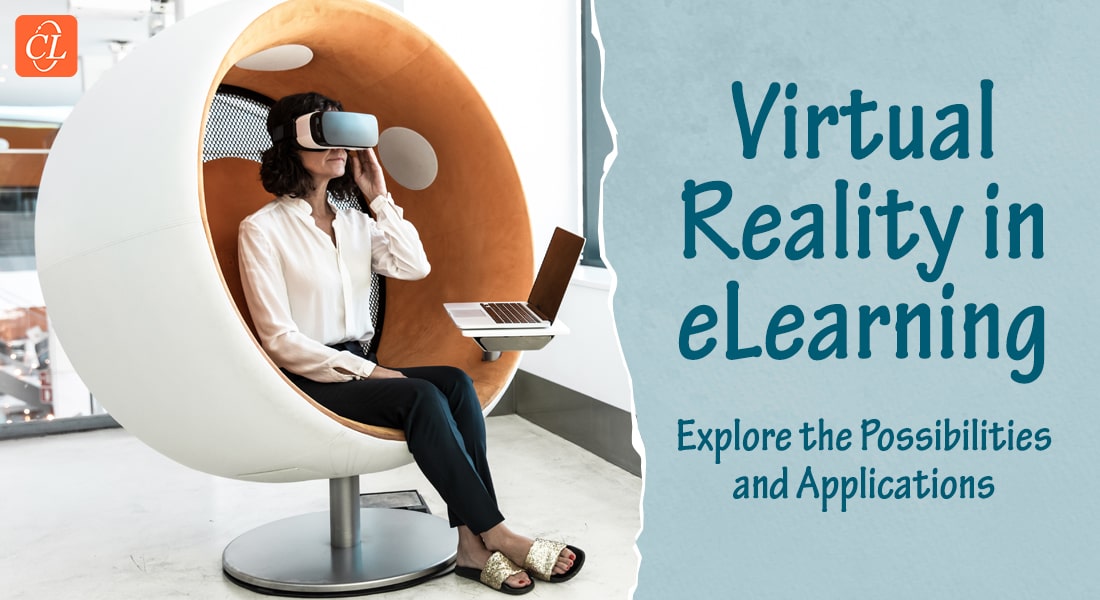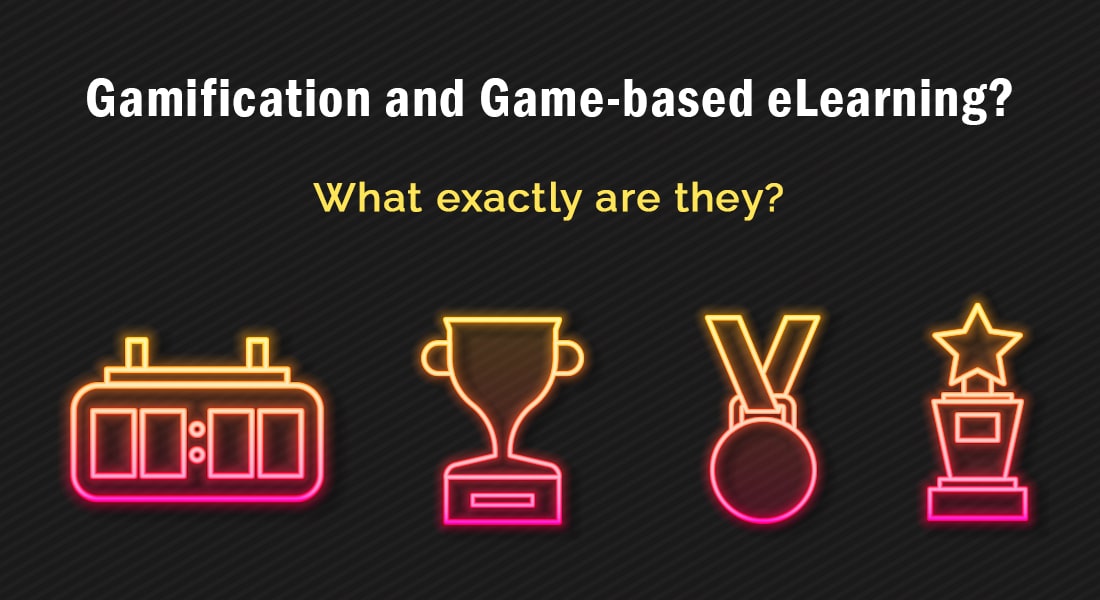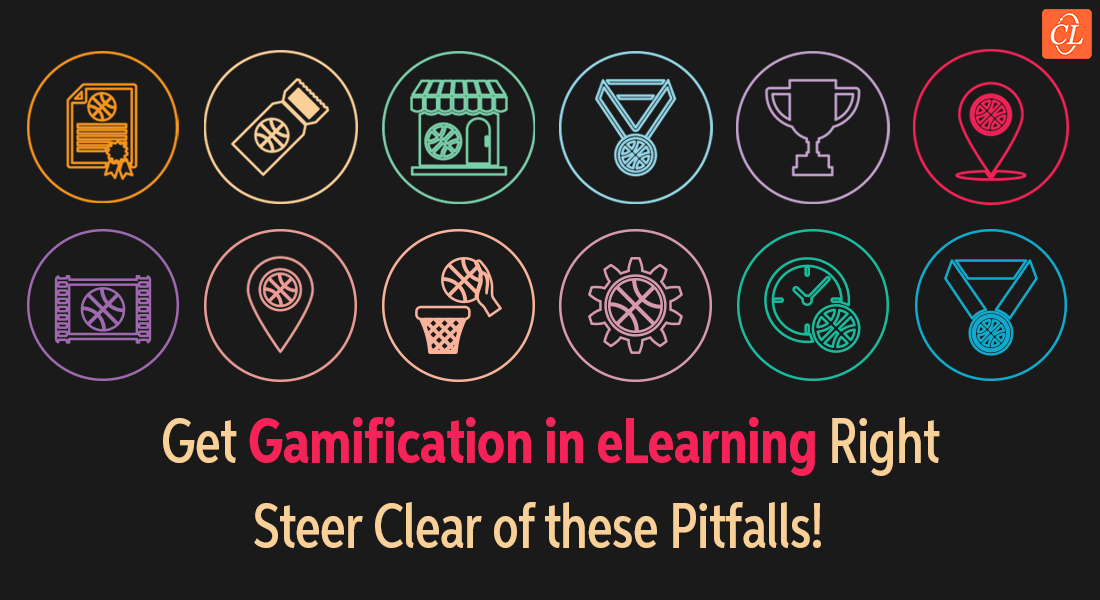A Simple Checklist to Follow While Implementing Gamification
This blog post shares a checklist of questions you must ask yourself before implementing gamification.

“Gamification, in layman terms, is the use of game-design elements and game principles in non-game contexts.”
(Wikipedia)
According to Google Trends, Gamification as a trend started back in 2010 and it didn’t take long for the corporate world to try its hand at it. Organizations around the world see gamification as a gimmick, a mechanism that can be applied to almost any training. The truth, however, is far from it. In fact it’s one of the biggest myths that gamification works for every learning situation. That said, the concept of gamification, which revolves around competition or the idea of status and achievement, works its charm if and when done rightly.
Here, I offer you a checklist of questions you must ask yourself before implementing the Big G. On the way, you will also learn about the “silly” mistakes you must avoid, to obtain good results with gamification.
Let’s get started.
1. Why are you gamifying the training?
This is a really good question, and one that’s important too. Why do you want to gamify your training? Most companies use gamification for engagement. Take this popular example of SAP.
Back in 2013, SAP – one of Germany’s enterprise giants – had to figure out how to leverage the 2 million unique users who frequented its social network – the SAP Community Network (SCN).SAP’s answer? Gamification.
With the help of gamification (particularly the concept of missions – a series of actions needed to receive a badge and points), SAP was able to encourage its members to log in regularly, provide feedback, contribute quality content regularly, and be recognized as topic experts and influencers.1
See, that’s clever. SAP’s use of gamification had a clear purpose: Engagement.
Therefore, it’s important to determine why you want to change your training strategy. If your goal is to encourage and motivate learners to participate, engage and learn, then gamification may be a good choice.
2. How will gamification help you achieve your business objectives?
Apart from employing gamification for bringing in engagement and competition into training, it’s good to ask how it will help you achieve your business goals. In fact,the business objective is the ultimate goal the gamified system wants to accomplish. Like I mentioned earlier, not every learning situation can be gamified. For instance, you cannot “gamify” Sexual Harassment training, for obvious reasons.
However, here’s a list of objectives you can achieve through gamification:
- Train your sales force on how to handle customer objections
- On-board new hires
- Introduce some piece of technology (software) in your organization and get employees up to speed on these new processes
- Transform boring classroom training
3. Do you understand the behavior of your target audience?
You have decided your business goals you want to achieve through gamification. Now what? Well, the next thing to figure out is the behavior of your target audience. What’s the use of training – let alone gamification – if it’s not targeted at the right audience?
Think in terms of verbs, not nouns.
You can start by figuring out the specific actions you want your employees to do to realize the goals. If I can be Captain Obvious for a moment, gamification is really different from other training strategies. In order to implement a successful gamification campaign, you must define what you want your employees to do that they are not doing now.
4. Gamify the behaviors you want your learners to learn, and reward them
Once you have identified the behaviors of your learners, it’s time to gamify them. Remember that gamification is all about rewarding learners every time they complete an activity, which will in turn encourage participation. This is sometimes known as Active Participation.2
Here are three such samples of gamified e-learning where the learner must perform an activity in order to get rewarded and move forward in learning.
A couple of things to remember when you are implementing gamification:
- If you don’t want to try too many things with gamification, start with just one action. There’s no harm in seeing how your learners might respond to your gamification strategy and whether or not you’re providing them the right learning experience.
- Instead of simply awarding points, use something meaningful. For instance, if you’re gamifying training for your CSA team, use ‘satisfaction level’ as the value to keep score.This way, your learners can relate to the scenarios on a more personal level because the scoring system is related to their job.
Organizations in today’s corporate space are challenged to increase engagement with employees and improve performance, and gamification is more than a suitable solution for that. On the other hand, using gamification merely as a gimmick will take your training nowhere. The road to a successful gamified e-learning starts with determining whether it’s the right choice for you. If it’s up your alley, following this simple checklist will make a whole lot of a difference.





